In Karachi, Pakistan's vibrant floral hub, modern cultivation methods are transforming local agriculture. Hot summers and mild winters present unique challenges, but innovative techniques like precision irrigation, climate-controlled greenhouses, and organic fertilization ensure year-round high-quality blooms. Advanced technologies like controlled-environment agriculture (CEA) and LED lighting revolutionize flower production, meeting market demands locally and internationally. Sustainable practices, including composting and integrated pest management, enhance ecosystem health and flower vibrancy. Modern cultivation techniques, such as hydroponics and vertical farming, overcome traditional limitations, leading to improved bloom quality and urban aesthetics. Tech-driven solutions and e-commerce sales channels further bolster Karachi's thriving floral industry.
In Karachi, the vibrant floral industry serves as a microcosm of global trends in agriculture. Modern cultivation methods are transforming blossom quality, driven by an evolving landscape of traditional vs modern techniques. This article explores advanced technologies enhancing blooms, sustainable practices for long-term success, and successful implementations in Karachi. We delve into overcoming challenges and future trends shaping the industry, highlighting the city’s role as a model for innovative floral cultivation worldwide.
- Understanding Blossom Quality: The Karachi Perspective
- Traditional vs Modern Cultivation Techniques
- Advanced Technologies in Bloom Enhancement
- Sustainable Practices for Long-Term Success
- Case Studies: Successful Implementation in Karachi
- Overcoming Challenges and Future Trends
Understanding Blossom Quality: The Karachi Perspective
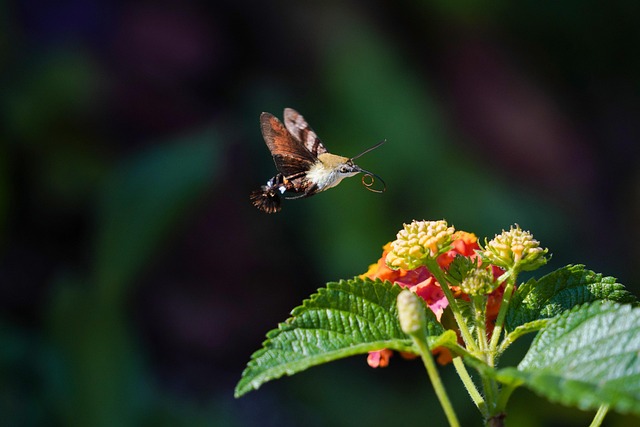
In Karachi, a bustling metropolis known for its vibrant landscape and diverse culinary scene, understanding blossom quality is more than just an aesthetic concern; it’s a critical aspect of local agriculture. The city’s climate, characterized by hot, humid summers and mild winters, presents unique challenges and opportunities for cultivators. Blossom quality here is directly tied to the delicate balance between temperature, humidity, and sunlight exposure, factors that modern cultivation methods aim to optimize.
Karachi’s farmers and horticulturists are embracing innovative techniques such as precision irrigation, climate-controlled greenhouses, and organic fertilization to enhance blossom development. These modern cultivation methods not only ensure a consistent supply of high-quality flowers throughout the year but also promote sustainability and environmental harmony. The result is a rich tapestry of vibrant blooms that adorns local markets and contributes to Karachi’s reputation as a city where nature’s beauty flourishes.
Traditional vs Modern Cultivation Techniques
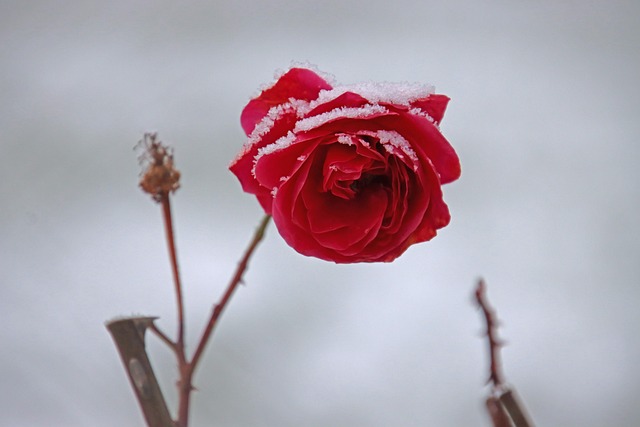
In Karachi, as in many parts of the world, traditional cultivation methods have been passed down through generations. These include manual labor, organic fertilizers, and natural pest control. Plants are often grown in close proximity, relying on beneficial insects for pollination and natural resistance to diseases. While these methods have their merits, they can be time-consuming and inconsistent, leading to variable blossom quality.
Modern cultivation techniques, on the other hand, leverage advanced technologies and scientific knowledge. These include automated irrigation systems, precise application of chemical fertilizers and pesticides, and controlled environmental conditions in greenhouses. In Karachi’s urban setting, vertical farming and hydroponics are gaining popularity. These modern methods enable farmers to produce higher-quality blossoms year-round with greater consistency, catering to the city’s demanding market.
Advanced Technologies in Bloom Enhancement

In the vibrant floral industry of Karachi, advanced technologies are transforming the way blooms are cultivated and enhanced. Modern methods such as controlled-environment agriculture (CEA) and precision horticulture are revolutionizing flower production. These techniques allow growers to optimize light, temperature, and humidity levels, creating ideal conditions for vibrant, long-lasting blossoms. By monitoring plant growth in real time, farmers can precisely adjust environmental factors, ensuring flowers reach their peak beauty and freshness.
Additionally, innovative tools like LED lighting systems offer targeted spectrums tailored to different flower varieties, promoting robust growth and enhanced color intensity. In Karachi’s floricultural sector, these cutting-edge technologies are not just trends but essential practices that contribute to the production of superior quality blooms, meeting the high demands of both local markets and international exports.
Sustainable Practices for Long-Term Success
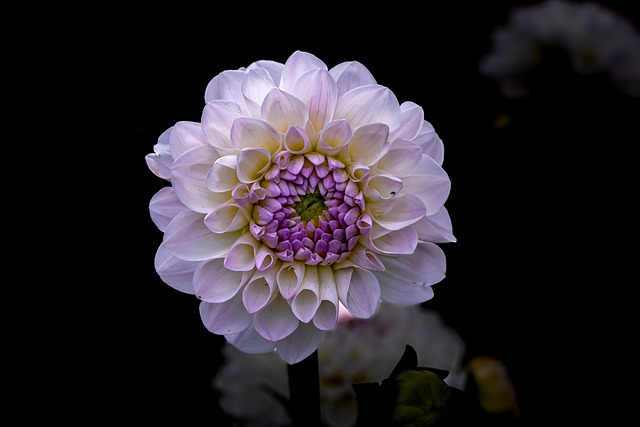
In the pursuit of enhancing blossom quality, sustainable cultivation practices are a game-changer for long-term success in cities like Karachi, known for its vibrant floral industry. These methods prioritize environmental stewardship and resource efficiency, ensuring the viability of flower farming for generations to come. By adopting organic techniques that minimize chemical usage, growers can create healthier ecosystems, leading to more robust and vibrant blooms.
Sustainable practices such as composting, crop rotation, and integrated pest management not only reduce environmental impact but also foster a balanced ecosystem within the farm. This holistic approach promotes biodiversity, enhances soil fertility, and reduces the risk of disease, all of which contribute to consistent high-quality flower production. Karachi’s florists can thereby meet market demands while preserving the natural beauty that has made the city’s floral offerings renowned worldwide.
Case Studies: Successful Implementation in Karachi
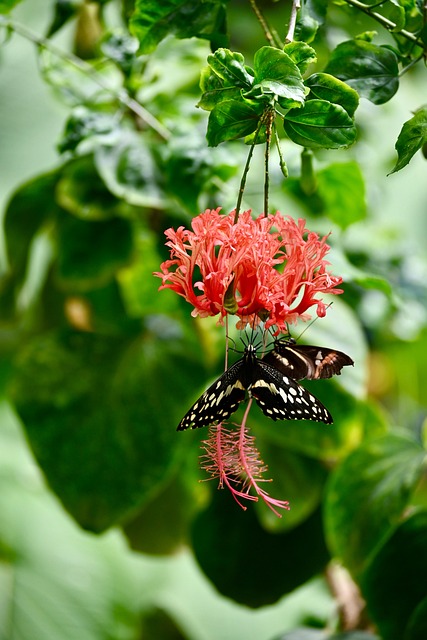
In Karachi, Pakistan, modern cultivation methods have been successfully implemented, leading to remarkable improvements in blossom quality. Local farmers have adopted advanced techniques such as precision agriculture and hydroponics, which focus on optimized resource use and controlled environments. These innovative practices have resulted in higher yield rates and more vibrant, healthier flowers.
Case studies from Karachi highlight the positive impact of these modern cultivation methods. Hydroponic systems, for instance, allow for precise control over nutrient delivery, leading to enhanced blossom development and extended shelf life. Precision agriculture, on the other hand, leverages technology to monitor soil conditions and apply fertilizers precisely where needed, minimizing waste and maximizing efficiency. The success in Karachi demonstrates that with the right tools and strategies, modern cultivation methods can significantly enhance flower quality and contribute to a thriving floral industry.
Overcoming Challenges and Future Trends
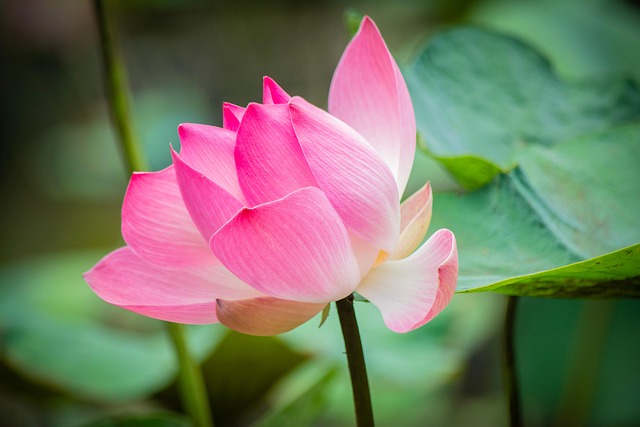
Overcoming Challenges: In Karachi, as in many urban centers, traditional cultivation practices face significant challenges due to limited space, changing climate patterns, and the need for sustainable solutions. However, modern cultivation methods offer promising strategies to enhance blossom quality while addressing these hurdles. Techniques such as hydroponics, aeroponics, and vertical farming allow for controlled environmental conditions, efficient use of resources, and optimal plant growth, all crucial factors in producing high-quality blooms.
Future Trends: Looking ahead, the future of flower cultivation in Karachi and similar cities seems to lie in innovative, tech-driven solutions. The integration of Internet of Things (IoT) sensors and automation can optimize growing conditions, while data analytics can predict and prevent plant diseases. Furthermore, the rise of e-commerce and local delivery services presents new opportunities for direct-to-consumer sales, fostering a vibrant floral industry that enhances both urban aesthetics and the quality of life in Karachi.
In the vibrant city of Karachi, modern cultivation methods have significantly enhanced blossom quality. By comparing traditional techniques with advanced technologies and sustainable practices, it’s clear that innovative strategies are the future of floriculture. Through successful case studies and by overcoming challenges, Karachi is revolutionizing its floral landscape, setting a standard for cities worldwide to follow. This shift not only improves aesthetics but also fosters a more sustainable and prosperous industry, ensuring the beauty of blossoms for years to come.
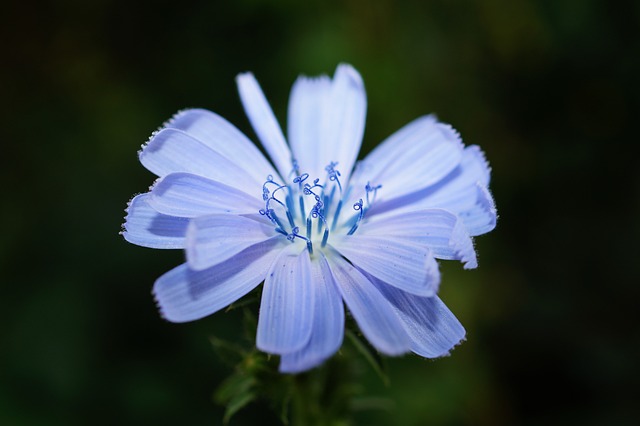
Leave a Reply